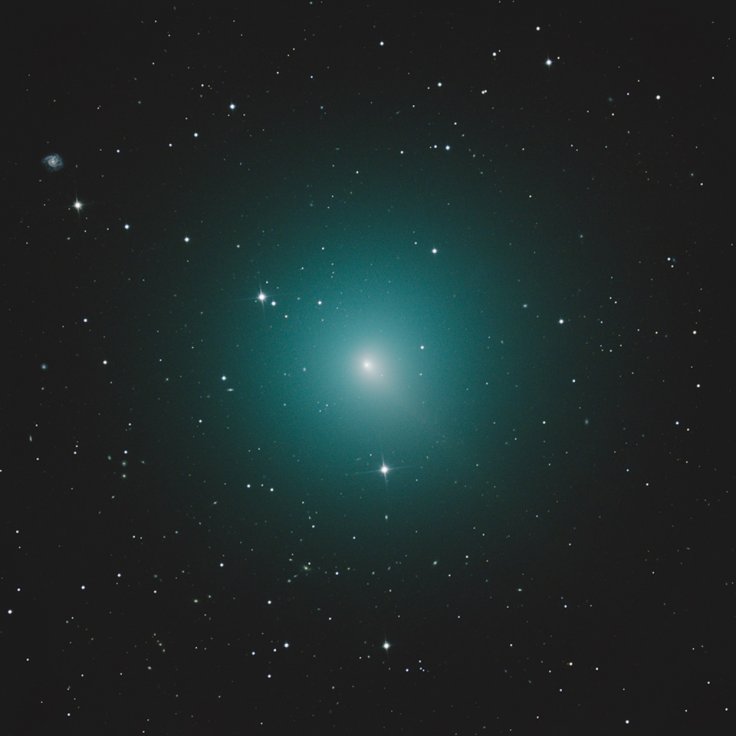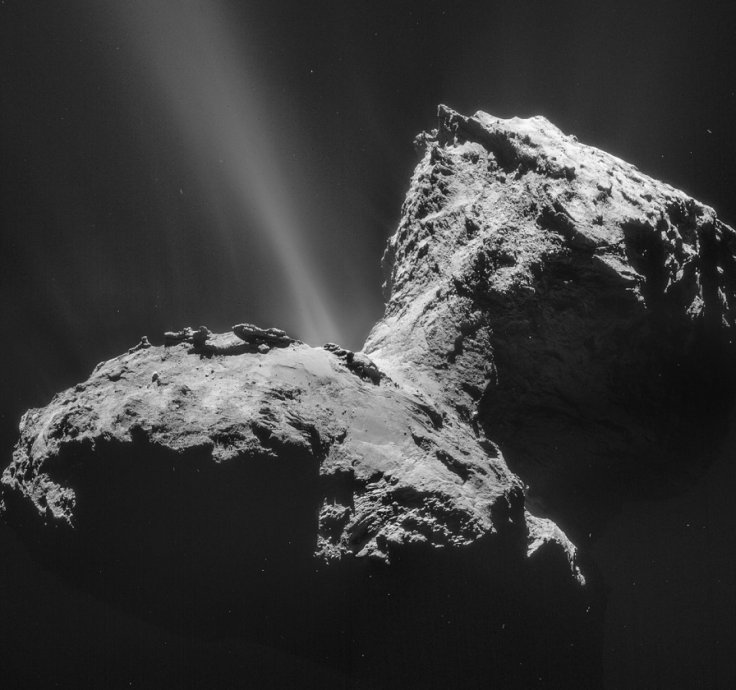Astronomers have confirmed that the brightness of comet SWAN is increasing as it approaches the Sun and the Earth. According to their observations, the comet is now bright enough to be spotted by the human eye.
The comet, officially known as C/2020 F8, was first spotted on April 11 by the Solar Heliospheric Observatory (SOHO), a robotic satellite launched through a collaborative effort between NASA and the European Space Agency to study the Sun. It was detected using the spacecraft's hydrogen-detecting instrument known as the Solar Wind ANistropies, or SWAN.
Comet SWAN's Increasing Brightness

Observations on the comet revealed that it is currently following a trajectory that will bring it close to the Sun. After flying past the Sun, the comet will cross Earth's orbit before proceeding to its deep-space journey. As the comet makes its way towards the Sun, astronomer John Drummond of Gisborne, New Zealand, noted that its magnitude or overall brightness has increased.
According to the astronomer, comet SWAN is now bright enough to be spotted from Earth without the use of special equipment. When viewed with the human eye, the comet appears like a tiny bright fuzz ball in the sky. "I just came in from observing C/2020 F8 with the naked eye (2020 Apr 29 UT)," he said in a statement. "It seems to have increased brightness dramatically since I last observed it a few nights ago."
Comet SWAN's Outbursts

Astronomers expect comet SWAN to become brighter and more visible as it gets closer to Earth. Although the explanation behind its increasing brightness is not yet clear, it might have something to do with its outbursts. C/2020 F8 was discovered by SOHO's SWAN instrument due to the comet's powerful hydrogen outbursts.
Karl Battams of the Naval Research Lab in Washington D.C. previously explained that the outbursts of hydrogen, which are released in the form of water ice, might have been caused by eruptions from the comet's surface. "[A] major eruption happened to this otherwise small and faint comet, releasing a massive cloud of hydrogen-rich volatiles," he stated. "SWAN is picking up on this sudden dump of hydrogen into the inner solar system."









